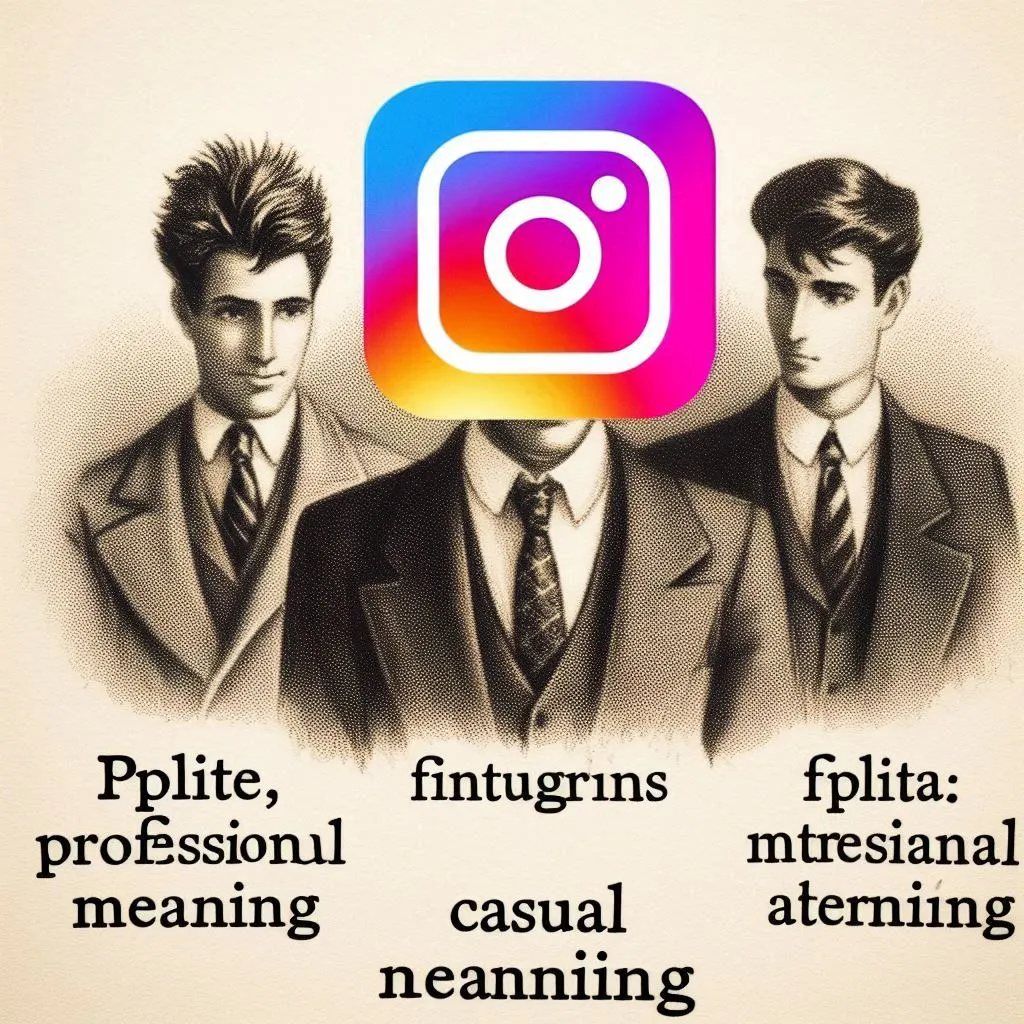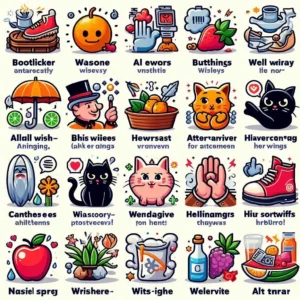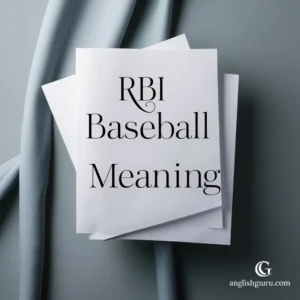In today’s world, communication has evolved drastically, especially with the rise of social media platforms like Instagram. The way people communicate on Instagram varies greatly, depending on their audience, context, and the tone they wish to set. One term that has emerged in recent times is “flurries,” but like many phrases in the world of social media, its interpretation and usage can differ. This article will explore the nuances of this term, its various meanings, and how to express well-wishes and greetings using alternatives that range from casual to formal. Whether you’re texting a friend or drafting a professional message, knowing how to communicate effectively and appropriately can make a big difference.
Understanding “Flurries Meaning”
Before diving into alternatives, it’s important to clarify what “flurries meaning” typically refers to. On Instagram and other platforms, “flurries” can have multiple interpretations, but in many contexts, it is used to describe a light, quick snowfall or a brief, intense burst of activity. For instance, in a figurative sense, “flurries” could be used to describe a series of brief but intense events, such as a burst of notifications or messages. It’s a playful way to depict a flurry of activity in the digital world.
While this term might be commonly understood, there are various ways to express the same or similar meanings, especially in different contexts and tones. Whether you’re aiming for a casual tone or a more professional one, there are plenty of alternatives that can help you convey your thoughts effectively.
Casual Alternatives to “Flurries Meaning”
In casual conversations, particularly when chatting with friends or followers on Instagram, you may want to use a more relaxed or colloquial phrase. Here are several alternatives you can use to replace “flurries meaning” in informal settings:
1. “Quick burst”
A “quick burst” of activity or energy is a great way to describe something that’s happening swiftly or in rapid succession. This term has a casual vibe but still conveys the idea of something intense but short-lived.
Example:
- “Had a quick burst of energy and cleaned up the whole place!”
2. “Short-lived excitement”
This phrase is another way of describing a brief moment of intensity or excitement, and it works well for describing a series of fast activities.
Example:
- “That was a short-lived excitement, but I’m glad I got everything done.”
3. “Rapid fire”
When something happens in a sequence with little delay, “rapid fire” captures the fast-paced nature of it perfectly.
Example:
- “I got a rapid-fire set of messages from Leo after I posted that!”
4. “Instantaneous flurry”
This is a more specific and vivid way to describe a quick and intense occurrence, especially if it’s related to social media activity.
Example:
- “The response was an instantaneous flurry as soon as I shared the news.”
5. “Mini-storm”
A “mini-storm” can be used when you want to convey the idea of something that came quickly but didn’t last long.
Example:
- “The mini-storm of messages after my post had me swamped for a minute!”
Professional Alternatives to “Flurries Meaning”
In a more professional or business-related context, you may want to choose phrases that are polished and respectful, while still conveying a similar sense of short, intense bursts of activity or events. Here are several professional alternatives:
6. “Brief surge”
A “brief surge” implies an increase in activity or attention that is short-lived but noticeable.
Example:
- “We saw a brief surge in customer interest after launching the new product.”
7. “Short-term activity”
This alternative can be used when you want to discuss an activity that is focused on a specific, limited time frame.
Example:
- “The short-term activity in the market suggests that we should adjust our strategy quickly.”
8. “Immediate response”
This phrase emphasizes a quick reaction or reply, ideal for professional settings.
Example:
- “There was an immediate response to the email campaign we launched last week.”
9. “Sudden increase”
For describing a rapid rise in activity, traffic, or interest, “sudden increase” is both clear and concise.
Example:
- “There was a sudden increase in engagement after we shared the new updates on LinkedIn.”
10. “Fleeting occurrence”
This is a formal way of conveying something that happens briefly or temporarily, often with a touch of professionalism.
Example:
- “The fleeting occurrence of issues was resolved quickly after the update.”
11. “Ephemeral burst”
When you want to sound even more sophisticated, “ephemeral burst” refers to something that appears for a short time and then fades.
Example:
- “The ephemeral burst of interest in the campaign was both surprising and encouraging.”
Polite and Professional Alternatives to “Flurries Meaning”
In professional communications, especially when trying to sound respectful and courteous, you might want to choose more polite expressions. These alternatives will work well in formal emails, messages to clients, or business correspondence.
12. “Swift activity”
A phrase like “swift activity” can convey a sense of things moving quickly in a professional manner without sounding overly casual.
Example:
- “There was a swift activity following the announcement, which we anticipate will continue through the week.”
13. “Sudden wave”
A “sudden wave” is a polite, professional way to describe a burst of activity or attention that happens unexpectedly but doesn’t last long.
Example:
- “We experienced a sudden wave of questions following the product launch.”
14. “Instant burst”
Much like “rapid fire,” “instant burst” suggests a quick and intense spike in activity or attention but is phrased in a more polished way.
Example:
- “An instant burst of queries flooded our customer service line after the new release.”
15. “Temporary surge”
This option is both polite and professional, suitable for business reports or discussions about short-term events.
Example:
- “A temporary surge in online orders was observed after our promotional email went out.”
Choosing the Best Alternative Based on Context and Tone
When deciding which alternative to use, it’s important to consider the tone of your communication and the specific context in which you’re using it. Here are some guidelines to help you choose:
Informal Settings
For casual chats with friends or followers on Instagram, feel free to use more playful or relaxed phrases like “quick burst,” “mini-storm,” or “rapid fire.” These expressions maintain the essence of “flurries” while fitting in well with informal conversations.
Professional and Formal Settings
When communicating in a more professional environment, opt for alternatives that convey the same idea but in a polished and respectful manner. Phrases like “brief surge,” “immediate response,” and “sudden increase” are ideal for business contexts, client communications, and official reports.
Tone Considerations
- Casual tone: Use words that are fun, easygoing, and familiar to your audience.
- Polite and professional tone: Choose language that is formal, clear, and free from slang. You want to sound respectful and efficient.
- Friendly and conversational tone: When chatting with peers, you can strike a balance between casual and professional by using terms like “swift activity” or “sudden wave.”
Meta Description
Discover more than 15 alternatives to “flurries meaning” that you can use in casual, polite, or professional conversations. Explore diverse phrases and examples to enhance your communication on Instagram and beyond.





